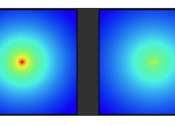Ancient light illuminates matter that fuels galaxy formation
Using light from the Big Bang, an international team led by Cornell University and the U.S. Department of Energy's Lawrence Berkeley National Laboratory has begun to unveil the material which fuels galaxy formation.









